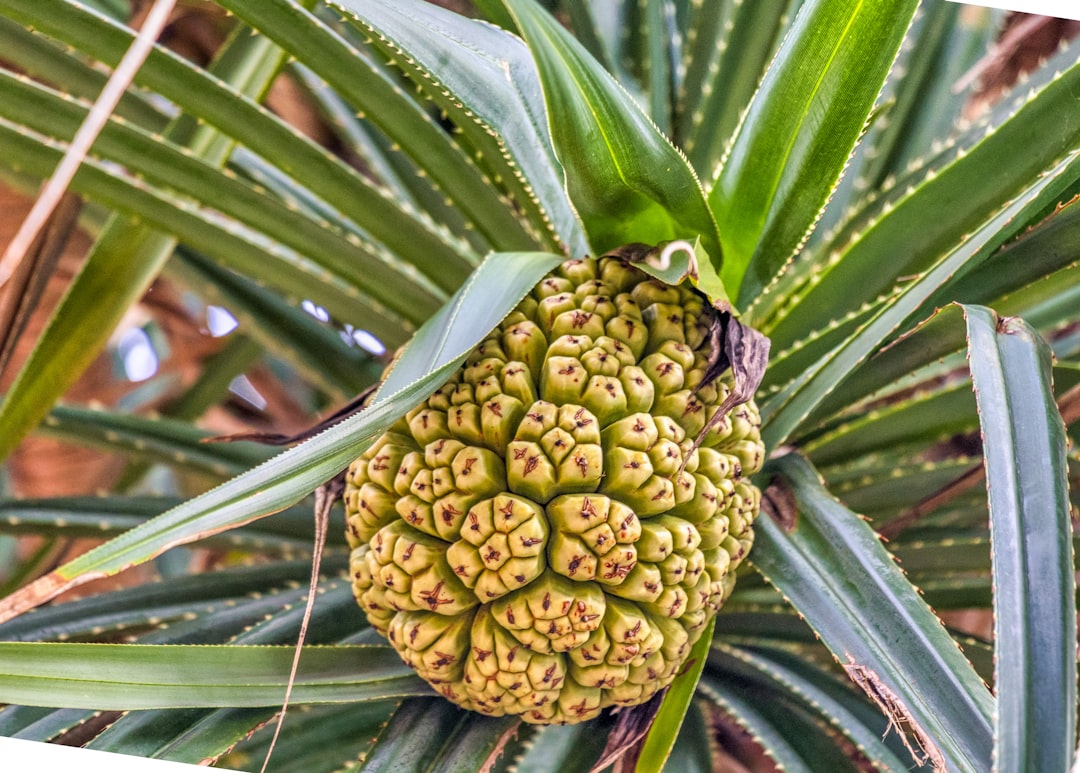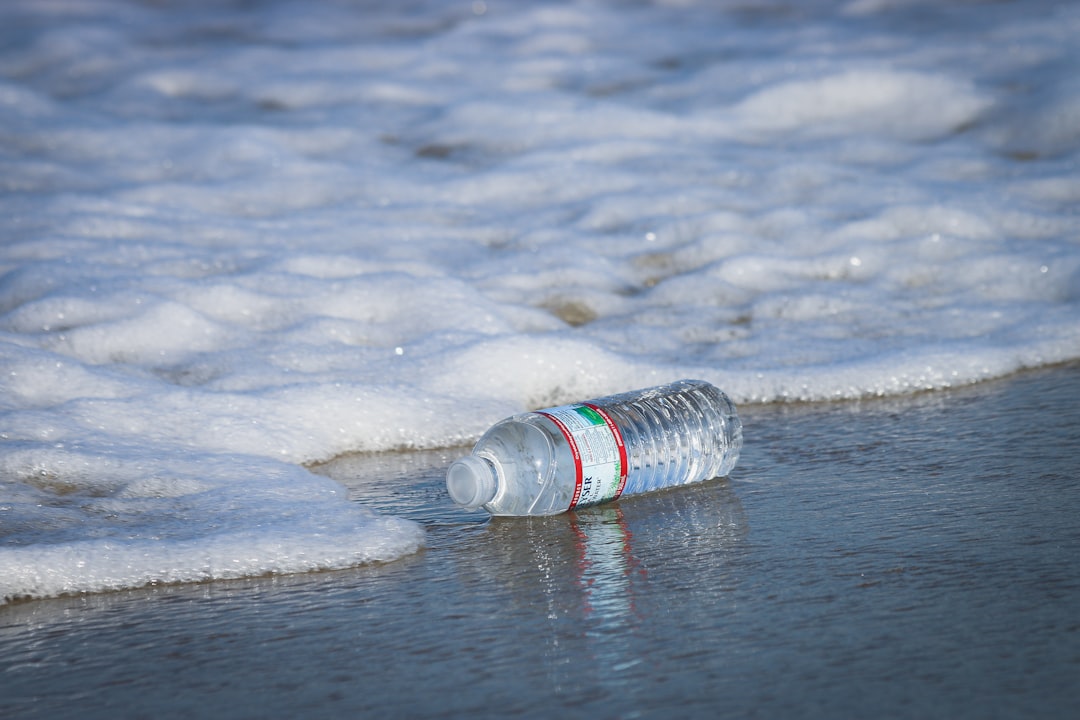What is it about?
Planarians are comprised of populations with different reproductive strategies: exclusively innately asexual (AS), exclusively innately sexual (InS), and seasonally switching. AS worms can be sexualized experimentally by feeding them with minced InS worms, and the resultant worms are characterized as acquired sexual (AqS). Differences between InS and AqS worms are expected to provide important clues to the poorly understood mechanism underlying the regulation of their reproductive mode. Morphological differences were found between InS and AqS worm ovaries, and we showed that the pluripotent stem cells (neoblasts) from InS worms, but not those of AqS worms, have the capacity to initiate the sexual state autonomously via neoblast fraction transplantation. To compare their reproductive mode and ovarian morphology regulation, InS donor neoblast fractions were transplanted into non-lethally X-ray- irradiated AS recipients. All transplants showed stable chimerism and reproduced sexually, suggesting that InS worm neoblasts can initiate sexual state autonomously, even when coexisting with AS worm neoblasts. The chimeras formed extraordinarily large and supernumerary ovaries equivalent to AqS worms, which were not seen in InS worms, suggesting that regulation of ovarian morphology in AS worm-derived cells in response to endogenous sexualizing stimulation distinctly differs from that of InS worms.
Featured Image
Read the Original
This page is a summary of: Reproductive mode and ovarian morphology regulation in chimeric planarians composed of asexual and sexual neoblasts, Molecular Reproduction and Development, May 2012, Wiley,
DOI: 10.1002/mrd.22049.
You can read the full text:
Contributors
The following have contributed to this page










